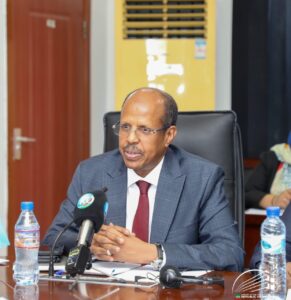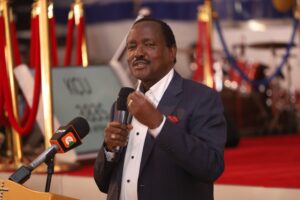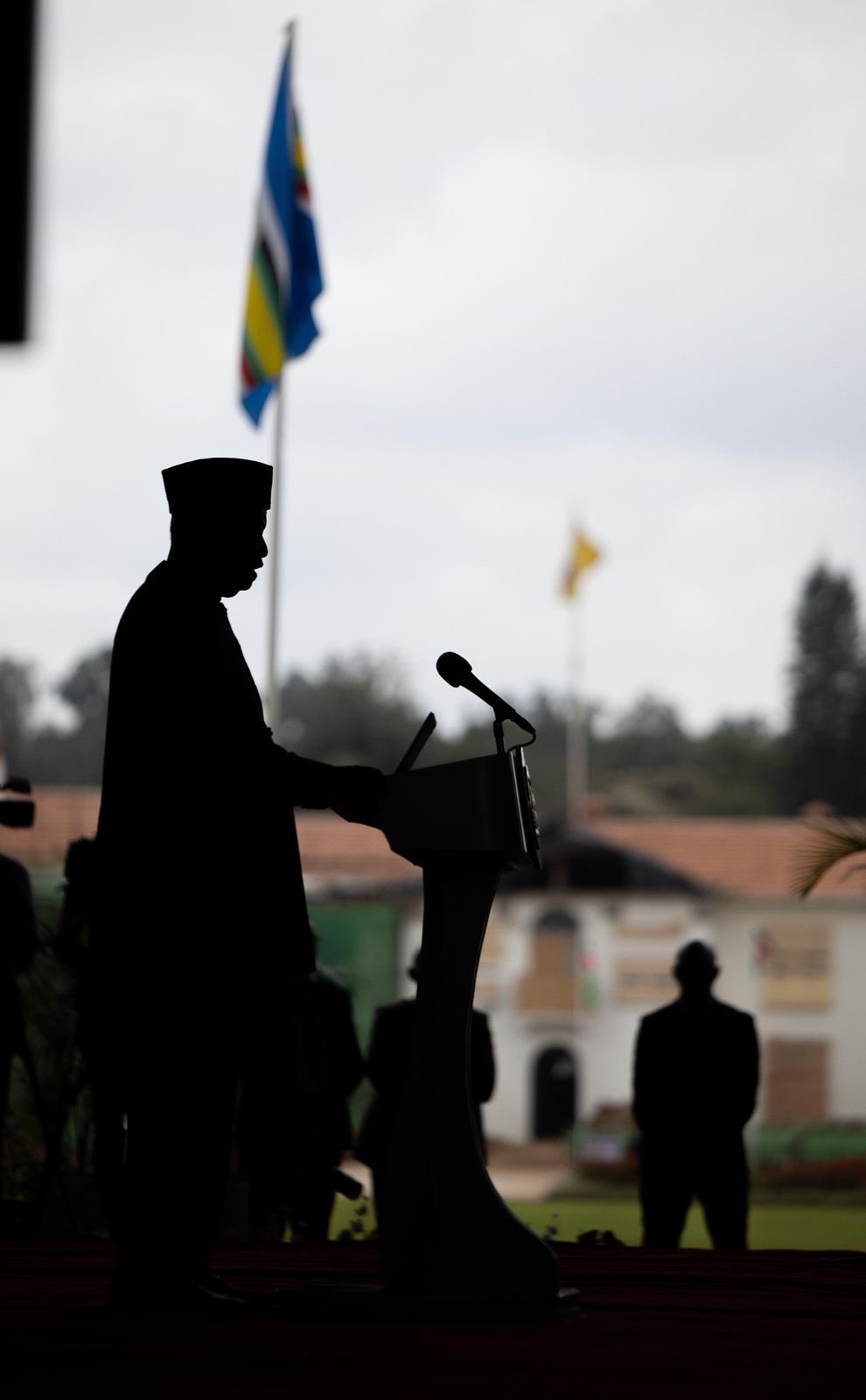NAIROBI: – As President William Ruto embarked on a high-profile tour of Raila Odinga’s Nyanza region, the political landscape of Kenya has shifted, signaling complex realignments and strategic moves ahead of the 2027 elections. This tour, coinciding with murmurs of a rift between Ruto and his deputy Rigathi Gachagua, underlines the intense competition for votes and alliances across Kenya’s regions.
Ruto’s Tour: Outreach or Overture to Nyanza?
Ruto’s recent visit to Nyanza, historically a bastion of Raila Odinga’s political support, is viewed as part of his broader strategy to reduce his reliance on the Mount Kenya region and build a more diverse national coalition. In a region where Odinga’s influence remains formidable, Ruto’s presence was both symbolic and strategic, seeking to secure support from communities long aligned with the opposition.
This outreach to Nyanza and Western Kenya is an essential part of Ruto’s re-election strategy. By attempting to win over these traditionally opposition-aligned areas, he not only broadens his voter base but also sends a strong signal to Gachagua that Mount Kenya’s votes might no longer be indispensable to his political future. Gachagua, whose grip on the region remains critical for his ambitions, now faces a potential dilution of his influence as Ruto’s attempts to gain ground elsewhere continue.

Rift with Gachagua: Tensions and Implications for 2027
The perceived tension between Ruto and Gachagua is increasingly coming into the spotlight. Gachagua, who is positioning himself as the Mt. Kenya kingpin, feels marginalized by Ruto’s overtures to other regions. Ruto’s move to win votes from opposition strongholds could weaken Gachagua’s standing, especially if Ruto no longer sees Mt. Kenya as the pillar of his political fortunes.
Political analysts suggest that if the rift continues to deepen, Gachagua may look to forge new alliances. A potential alliance between Gachagua and Kalonzo Musyoka could disrupt Ruto’s plans by creating a formidable bloc that consolidates votes from Mt. Kenya and Ukambani. However, this alliance remains speculative, as Kalonzo may be hesitant to align himself with Gachagua, fearing that doing so might hinder his own presidential aspirations.
Shifting Alliances: The Potential Contenders
As Kenya prepares for the 2027 elections, the political chessboard is rapidly evolving. Apart from the potential Gachagua-Kalonzo alliance, other political alignments may emerge. For instance, Eugene Wamalwa, a key figure from Western Kenya, is seen as a possible contender, potentially pairing with Kalonzo to offer a strong opposition to Ruto. Such a coalition would blend Wamalwa’s influence in Western Kenya with Kalonzo’s base in Eastern Kenya, creating a significant challenge to Ruto’s re-election bid.
However, Ruto has been proactive in making inroads into Western Kenya, and his success there could undermine the effectiveness of any Wamalwa-Kalonzo alliance. The battle for Western Kenya’s vote is set to be a critical factor in determining the 2027 election outcome.
The Role of Raila Odinga and Luo Succession Politics
Raila Odinga’s future is pivotal to these shifting alliances. Currently, he is vying for the African Union Commission (AUC) Chairperson role, a bid that could remove him from Kenya’s political scene if successful. Should Raila secure the AUC position, it may offer Ruto an opportunity to consolidate his gains in Raila’s absence. However, many view Ruto’s endorsement of Raila for the AUC as a calculated maneuver designed to sideline a key opponent while portraying himself as magnanimous.
In the event that Raila does not secure the AUC position, his return to active politics could shake up the 2027 race. The question of succession in Luo politics also looms large. Should Raila step aside or diminish his role, figures like Homa Bay Governor Gladys Wanga could emerge as key political players. Wanga’s leadership style, coupled with her grassroots support, positions her as a potential successor, though it remains to be seen if she can galvanize the same level of national appeal that Raila commands.

The Gen Z Factor: Hostility Toward the Political Class
Another significant variable in the 2027 elections is the rising tide of discontent among Kenya’s younger population, particularly Generation Z. Ruto’s government has faced hostility from younger voters who feel alienated by Kenya’s political class. This dissatisfaction could play a crucial role in the elections, as Gen Z’s growing influence as voters and political activists shapes the narrative around governance and leadership.
The youth vote, characterized by demands for employment, economic reform, and better leadership, will be a battleground for both Ruto and the opposition. If Ruto fails to address the grievances of the youth, particularly in light of economic hardships, his re-election bid may face stiff resistance from this demographic.

International Influence: Obasanjo’s Role in Raila’s Political Future
Beyond Kenya’s borders, international actors like former Nigerian President Olusegun Obasanjo could influence the political calculus. Obasanjo has historically been close to both Ruto and Raila, and his involvement in the AU politics raises questions about his role in shaping Kenya’s political landscape. While there is no direct evidence that Obasanjo is involved in sidelining Raila, his influence in African diplomacy could play a role in determining the success of Raila’s AUC bid.
A Fluid and Unpredictable Political Landscape
The political chess game in Kenya is increasingly fluid as 2027 approaches. Ruto’s attempt to diversify his voter base and the growing rift with Gachagua are key dynamics that will shape the election. Gachagua’s next moves—whether he continues to align with Ruto or seeks new alliances—could drastically affect the outcome. Meanwhile, Raila Odinga’s role, both locally and internationally, remains central to the shifting allegiances, as does the role of emerging figures like Gladys Wanga in shaping Luo politics.
Ultimately, Ruto’s success in 2027 will depend on his ability to manage these alliances, address the economic concerns of voters, particularly the youth, and maintain stability in a rapidly changing political environment. The evolving alliances and the question of generational leadership will undoubtedly make the run-up to the 2027 elections a high-stakes political contest.
